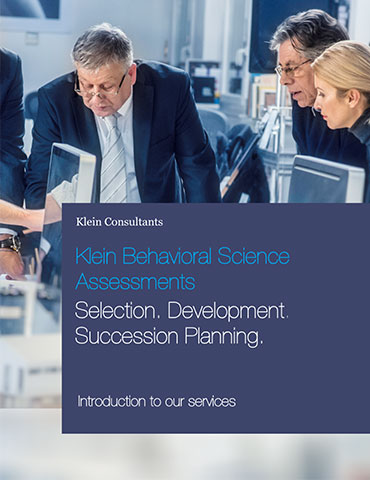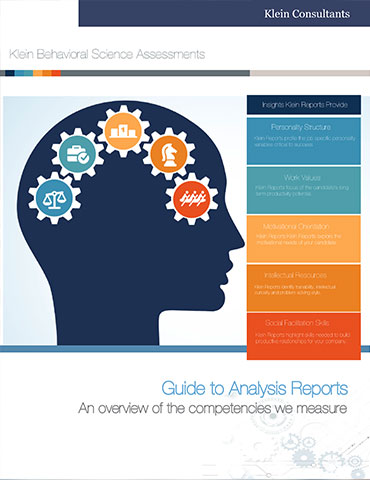1. Your Hires Aren’t Getting Any Better
If you invest in a lengthy, expensive assessment, you need to make sure that investment pays off. Every assessment has a goal. Some work to predict overall job success by measuring job-related skills and attributes. Others work by predicting the likelihood of turnover. Still others attempt to determine which candidates are most likely to commit theft. If your assessment isn’t hitting your target key performance indicators (KPIs), it’s clearly time to rethink it. That said, the blame may not lie with the assessment itself; the delivery mechanism may instead be at fault.2. Your Assessment Has High Dropout Rates
A study from Appcast found that application completion rates plummet by 50 percent when an application asks 50+ questions, compared to 25 or fewer questions. The average online assessment has more than 100. Assessment science is incredibly well established. The predictive power of the assessment has been tested and retested hundreds of times over the last 50 years. However, the assessment can only predict performance if candidates complete it. If your performance metrics aren’t improving, chances are your best candidates are dropping out of your recruiting funnel — possibly because your assessment is way too long. Consider the position a top candidate will likely be in. They are probably employed already and in no rush to find a new employer. If they are not already employed, they’re likely fielding multiple offers. Either way, they’re going to use their limited time to prioritize scheduling interviews and applying for other positions. A 100+ question assessment will consistently fall to the bottom of their to-do list. On the other hand, less-than-stellar candidates will feel compelled to complete the assessment. It might be the only follow-up they’ve received from all the applications they’ve sent out. While your assessment might be doing its job to screen out the worst performers, it may also be screening out the best. Many companies feel this is a good thing: After all, if a candidate won’t spend the time to do the assessment, they probably wouldn’t be a good employee anyway. I think this assumption is largely mistaken. While there will certainly be less-than-stellar candidates compelled by the assessment’s length to drop out, today’s best candidates have full plates of applications and interviews. They have options. Frankly, asking them to prioritize a lengthy assessment is just unrealistic.3. Your Assessment Takes Forever to Update
Most jobs evolve rapidly. New tools and tech emerge on a daily basis. When such developments arise, they make some competencies obsolete. For example, bank tellers of the 1960s were largely evaluated on their ability to quickly count change for clients, a task requiring incredible finger dexterity and fine motor skill precision. With the widespread deployment of the ATM in the 1970s, this skill became obsolete. As a result, tellers took on a more advisory role, meaning assessments of manual dexterity were no longer valid predictors of performance. The U.S. government estimates 47 percent of today’s jobs may be threatened by technology. There is good reason to believe, as in the case of the bank teller, that these jobs will evolve rather than be lost altogether. There’s also little doubt that the critical KPIs of these roles will undergo serious change. Building a valid predictive assessment is a time-consuming process. However, allowing those assessments to go without updates for lengthy periods of time means hiring decisions are being made based on irrelevant data. If the rate of work transformation plays out like it’s expected to, the traditional assessment revision process will not be able to keep up. Your assessments need to be “futureproof.” If they aren’t, it might be time to rethink your assessment strategy.4. You’re Investing Heavily in Employer Branding and Candidate Experience
Have you ever built a computer or prepared for a marathon? These situations might seem entirely unrelated, but consider their similarities: If a computer has a lightning-fast hard drive, graphics card, and RAM, but a slow processor, the whole system will be slow. Similarly, if a runner tones and conditions their legs with high-repetition exercises but does no aerobic work, they will quickly find themselves out of breath on the track. Both situations are perfect examples of a bottleneck: a single point of blockage that affects the performance of the overall system. Now, think about the Holy Grail of candidate experiences. Its key components might include:- custom branded videos introducing candidates to your organization and providing day-in-the-life glimpses of your office;
- convenient screening methods that prioritize the candidate’s time;
- and short applications that return helpful feedback in a timely manner.



